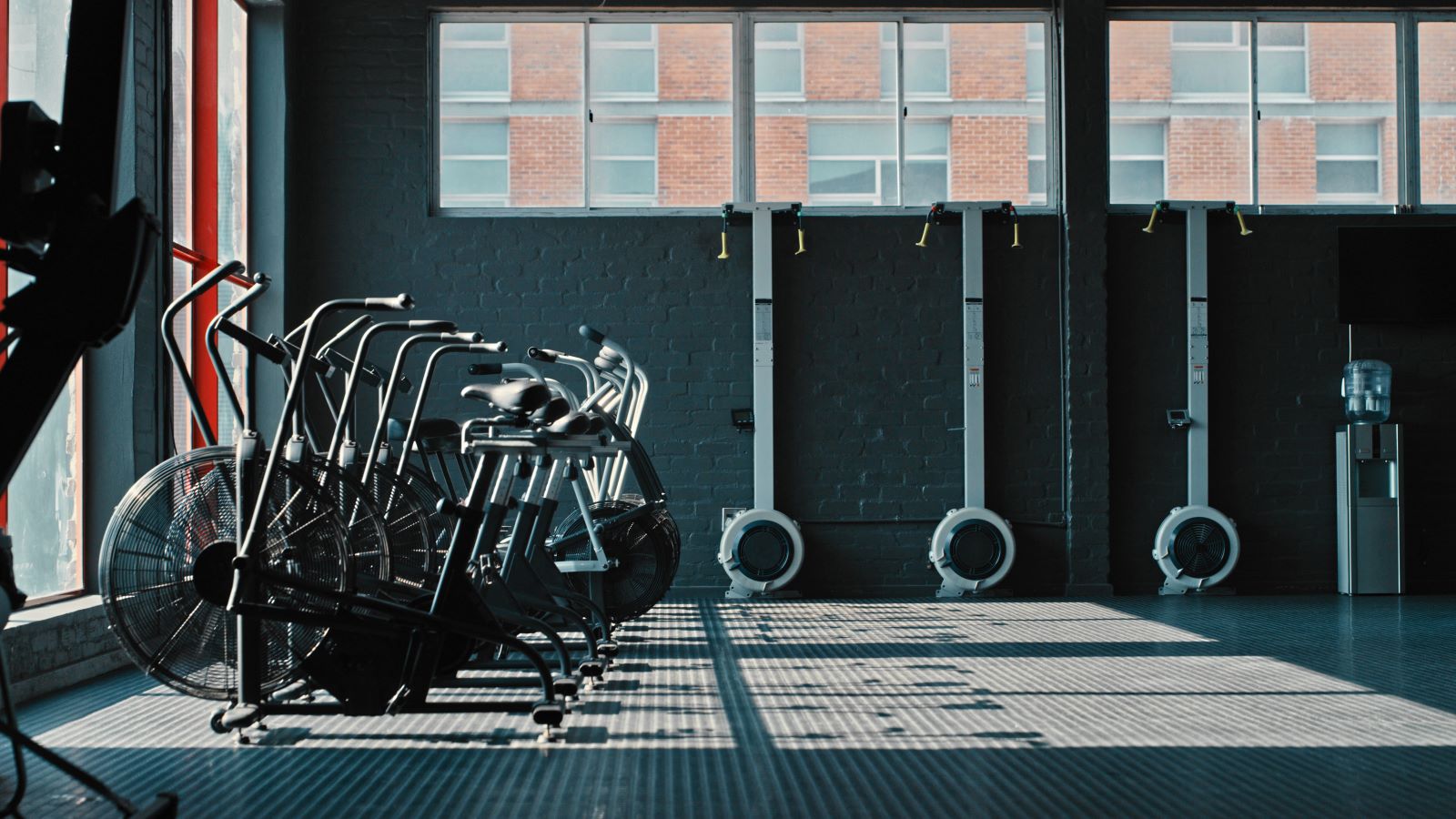<< Back
4 Things to Know About Indoor Cycling

January 26, 2024
Whether you’re an outdoor cycler looking for a winter alternative, or just a cardio-lover in search of your next workout, indoor cycling offers plenty of perks.
Here’s what you need to know to start indoor cycling, according to Don Johnson, a physical therapist and site supervisor at Hartford HealthCare Rehab Network in Milford.
Cycling offers all the benefits of exercise, plus more.
Like most forms of exercises, indoor cycling can help with weight loss, and more importantly, prevention and management of everything from high blood pressure to diabetes to high cholesterol.
And the benefits don’t stop there. Indoor cycling can also help:
- Strengthen leg muscles
- Improve core strength
- Offer a low impact cardio alternative
> Related: Why You Should Add Strength Training to Your Exercise Routine
Safe cycling starts with good posture.
In order to get all the benefits of cycling, but none of the injury risks, make sure you sit with good posture to protect your back from strain.
“Sit up tall and straight on your bike, engaging core muscles by squeezing your abs,” Johnson advises.
Still having trouble? Johnson suggests using a stretchy band, like a TheraBand, to work arm and back muscles simultaneously while pedaling. This creates a full body workout that keeps you from slouching. You can also use light dumbbells to work arm, back, shoulder and chest muscles while you bike.
Start slow, and increase intensity gradually.
You may be tempted to jump right in, and up the intensity of your bike workout right away. But easing into things is key, says Johnson.
“Starting with a comfortable pace and gradually increasing intensity is key,” he emphasizes. “Take it easy during the transition to avoid strain or discomfort.”
When you are ready for climbs, increase intensity and stand up off the seat as you bike, he says. This change in posture will make your ride more intense.
And don’t forget the cooldown!
After an intense ride, don’t skip the cooldown. Your body will thank you later.
“Reduce intensity gradually and return to a comfortable level to help your body relax and bring your heart rate back to normal. Incorporating gentle stretching exercises can help ease your muscles post-workout,” Johnson says.
When to see an expert
If cycling is causing your pain that’s not just muscle soreness, it’s time to pump the brakes, Johnson says.
“If you experience any discomfort or pain, take a break and seek advice from a fitness professional or healthcare provider, he says.